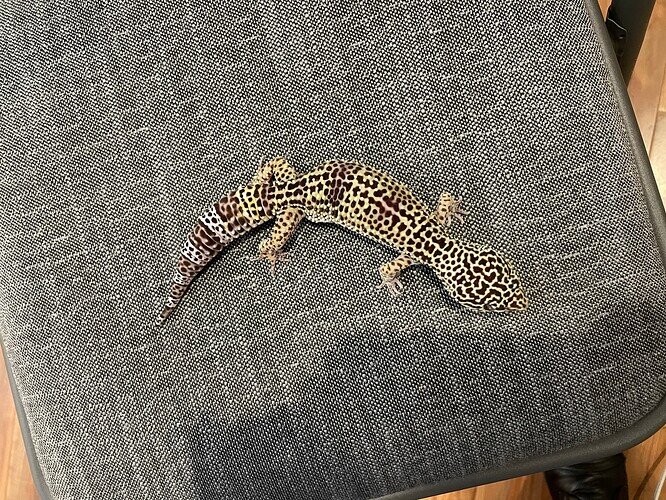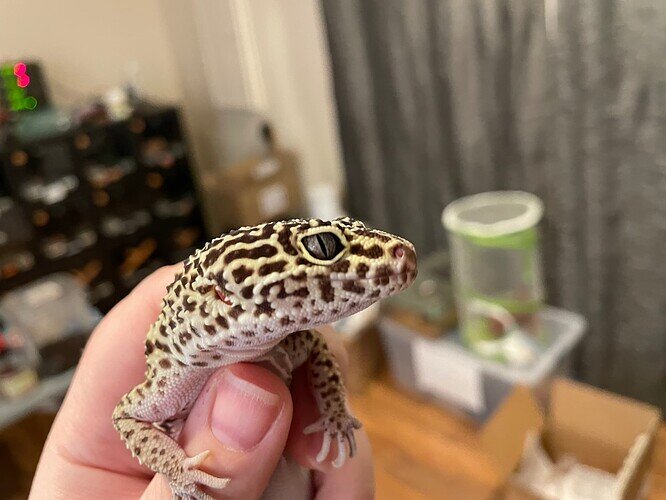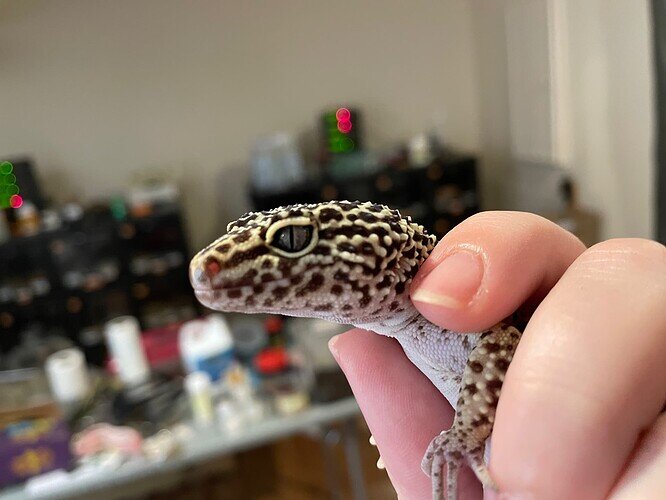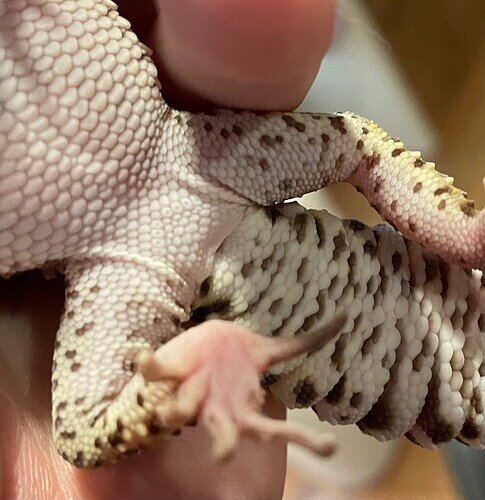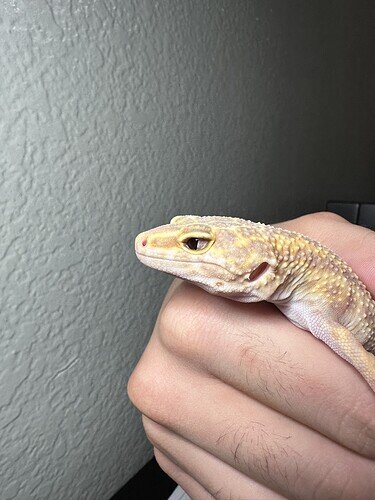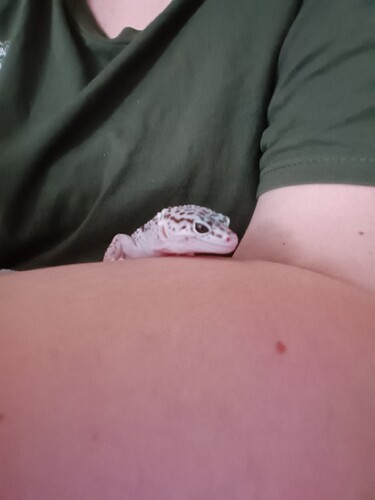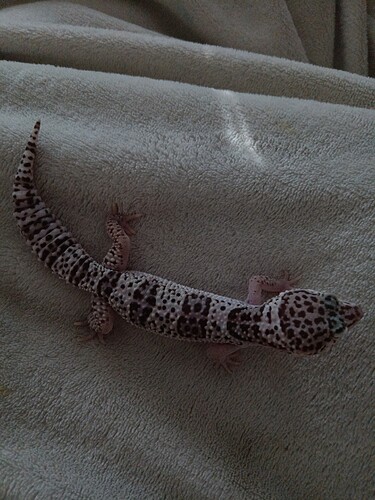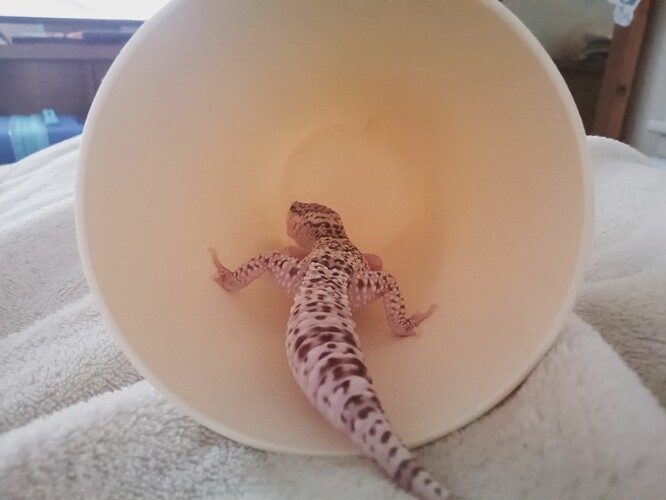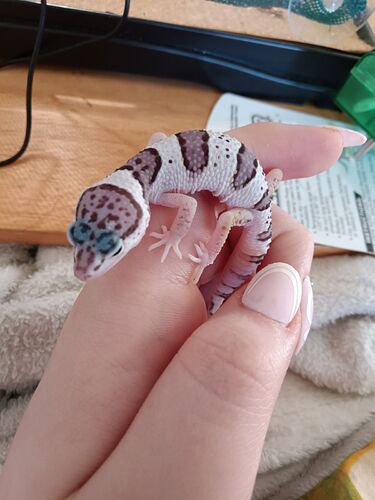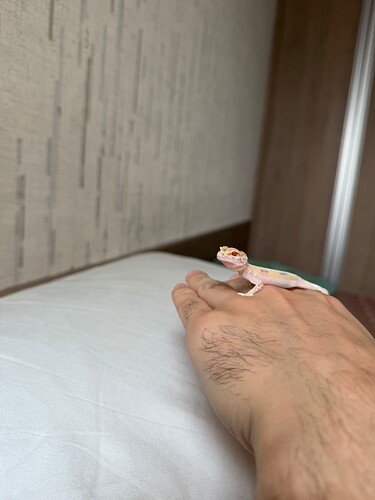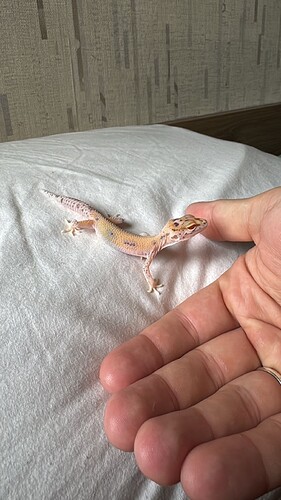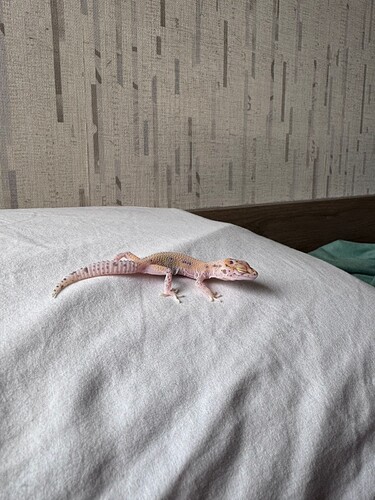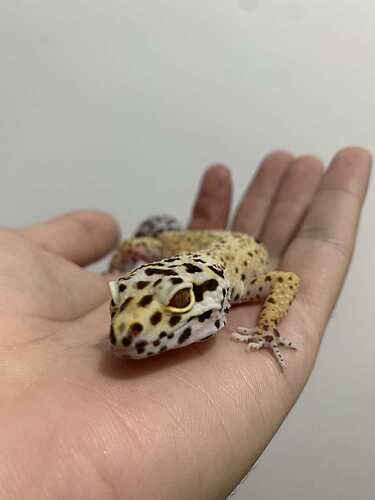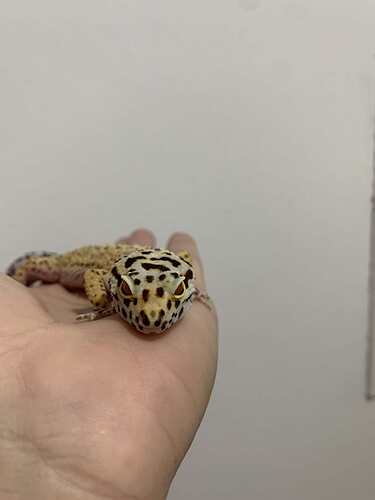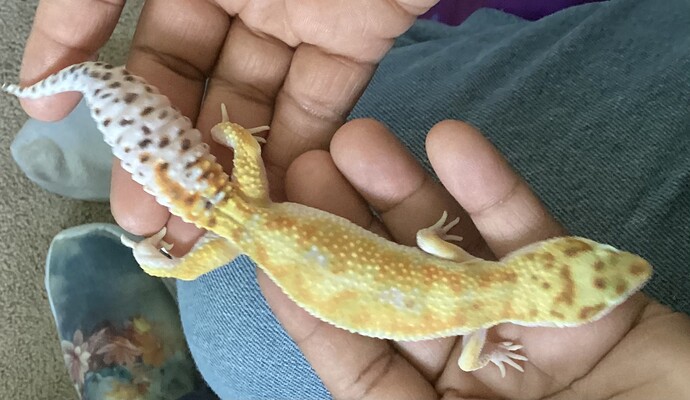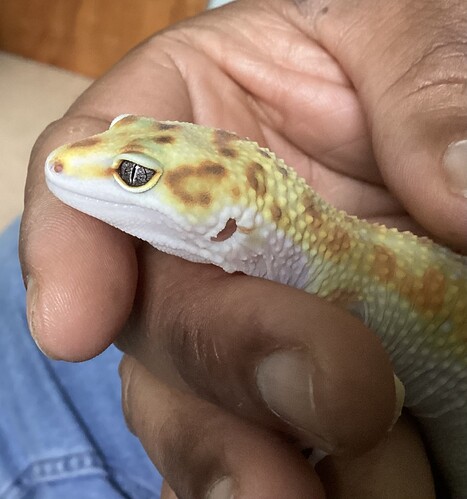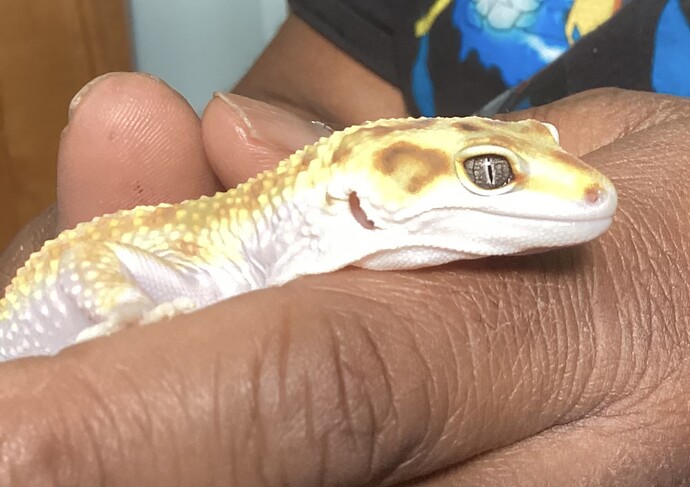Brief notes
-
this post was inspired by @wreckroomsnakes ’s morph ID post for ball pythons.
-
These suggestions are tailored to leopard gecko morph ID, but the principles can also be applied for other terrestrial geckos when identifying morph or species (e.g. fat-tailed geckos).
When you ask for help with the morph ID of your leopard gecko, please provide the following:
The Background
- Tell us the type of seller from whom you got the gecko (i.e. a store, a breeder, a reptile show, craigslist, or other.)
- If you know anything about the parents of the gecko, give that info as well. If you don’t know their morph ID, but you have pictures, you can share those. If you don’t know anything about the genetic background, that is ok, just make sure you mention that.
- If you are inquiring about multiple animals and you know for certain that any of the geckos are related, please say so.
- If asking about multiple geckos, please make sure each individual animal is clearly distinguishable and that the photos aren’t just mishmashed together.
The Views
- To properly ID a leopard gecko, you need 3 pictures:
- From above, including the entire tail
- The right eye
- The left eye
- If you suspect Eclipse, the photo from above would ideally show the feet.
Here are some decent examples of my gecko Mina:
You can see that they aren’t perfect pics, but they are in focus and acceptably lit. If you’re curious, Mina is a Banded Normal with no ocular mutations.
Photo Technique
- All pics need to be in focus
- The photo should be well lit. Very bright lighting or using a flash can make the colors appear washed out.
- If you have an Albino animal, it may keep its eyes shut in brighter lighting. If that happens, dim the lights a bit and give them awhile to adjust.
Sex Determination
- Sex is best determined when an animal is an adult. It’s not possible to distinguish males from females when leos are very young.
- If you would like to know the sex of your animal, please provide a clear pic of the area around your gecko’s vent, near the base of their tail, on the underside.
Here is a pic of my male gecko, Edward’s, vent. Note the prominent V-shaped row of femoral pores, and the two hemipenal bulges at the base of his tail.
Here is a (not as well taken) example of a vent photo of a female (Mina). As you can see, she does not have the paired hemipenal bulges, and her femoral pores are very faint.
Some Notes
- Definitive, complete morph IDs are never possible when the full genetic backgrounds of both parents are not known. If you do not know that info, the ‘morph ID’ you are getting is just a guess, a description of the gecko’s appearance.
- If you cannot determine the full morph ID of your gecko, it’s important that you treasure it as a pet and do not breed it. Any leopard gecko with an unknown full morph ID is ‘Pet Only,’ and any offspring it produced would be ‘Pet Quality.’
- As of writing this, there are 3 strains of albino in leopard geckos. You cannot tell them apart by appearance alone. So an Albino animal could be a Tremper, Bell, or Rainwater Albino, they are not visibly distinguishable.
- Ocular (eye) morphs can be difficult or impossible to tell apart by appearance. (e.g., Eclipse vs. Marble Eye.)
- There are some morphs that are more difficult to ID, their effect on appearance is often subtle (e.g., single-copy Mack Snow, W&Y, etc.).
- Some morphs are pretty uncommon, and thus sometimes less likely to be recognized without background info.
- Everyone is not always going to agree on the visual morph ID; even very experienced keepers may make different assessments. The more genetic background you know about your gecko, the more accurate and complete a morph ID is likely to be.
- Pattern and, to a lesser extent, color change drastically from when a gecko is a baby to adulthood. Thus, a visual morph ID may change as a gecko ages.
Happy herping! ![]()
